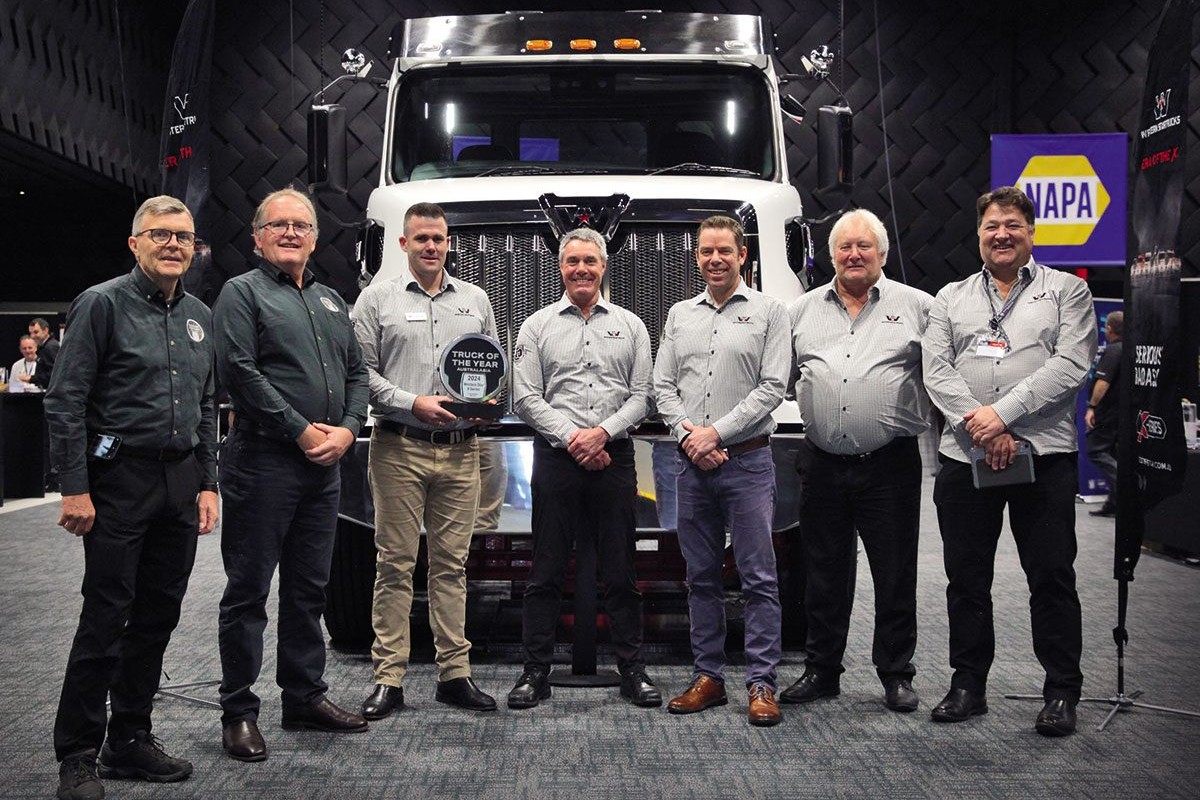I drive by myself
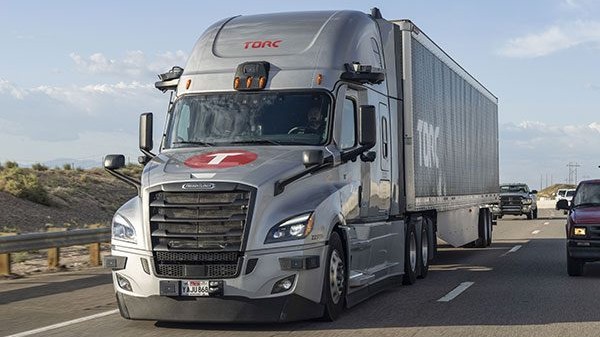
Daimler Truck plans to introduce series-production driverless trucks in the United States by 2030. We get up close to a Freightliner Cascadia self-driving truck on the highways around Albuquerque, New Mexico, to get a taste of things to come.
We don’t have to wait years to see self-driving trucks on public roads. They are already a reality in the United States, with some prototypes based on the Freightliner Cascadia platform. Built by Daimler Truck North America, the class-8 longhaul trucks are equipped with level-4 automated driving systems and are undergoing field tests in actual operating conditions on interstates around Albuquerque, New Mexico. Albuquerque is the home of Torc Robotics, acquired by Daimler Truck in 2019 to commercialise highly automated (level 4) trucks on US roads. Torc develops the software, integrates and fuses the inputs from different sensors, such as cameras, lasers, radars and lidars, to allow safe automated driving on high-traffic density highways. (A lidar measures the distance from an object by a laser beam and returns high-resolution three-dimensional information on the surrounding environment.)
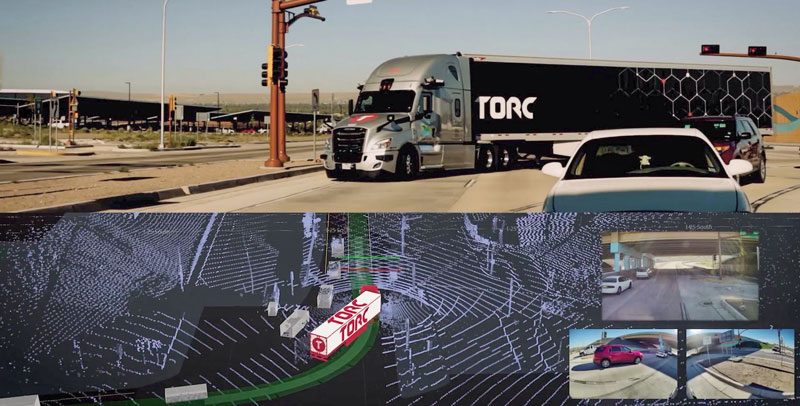
On the highway at 65mph
On-road testing began in September 2019. The validation tests do not occur in confined areas but on multi-lane highways with a standard tractor-semi-trailer combination of about 36 tonnes at the maximum cruising speed allowed in the States of 65mph – just under 105km/h. For safety reasons, during road tests, a human safety driver, assisted by a Torc Robotics engineer, is always ready to take complete control of the articulated lorry if a risky situation arises.
The safety driver also has a crucial role in providing the software specialists with the feedback to programme the onboard computer, according to a prudent, safe and fuel-conscious driving style, without hard braking and harsh acceleration.
For safety, the experimental Cascadia has many redundant systems. There are redundant (and independent) systems for the foundation brakes, steering actuation, vehicle data transmission network (CAN-Bus) and parking brake. In particular, the primary and secondary electronic braking system (EBS) controllers offer precise and reliable controls to decelerate the truck and the trailer. Should the primary EBS encounter any critical faults, the secondary EBS will take over to execute a safety procedure called minimal risk manoeuvre (MRM).
Two servo motors electronically assist the steering gear. Should any of the servo motors experience a fault, the second unit entirely takes over to provide the required steering commands to execute the MRM procedure. Finally, anti-hacker protection (cyber security), which is of paramount importance in developing autonomous driving solutions, has been fully addressed by Torc engineers.
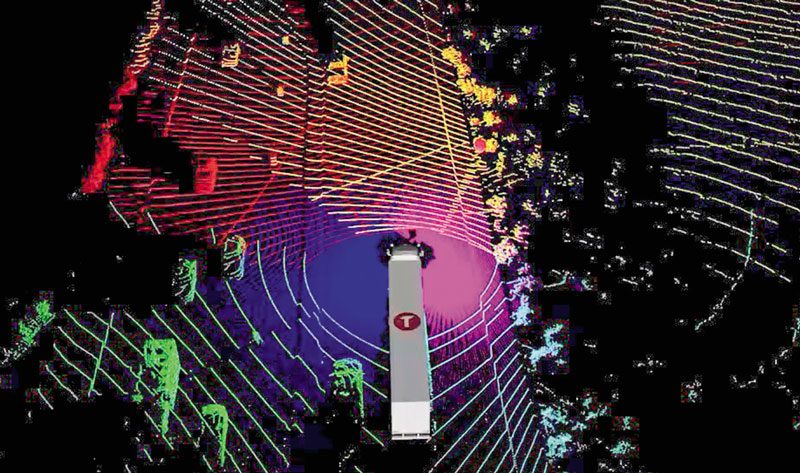
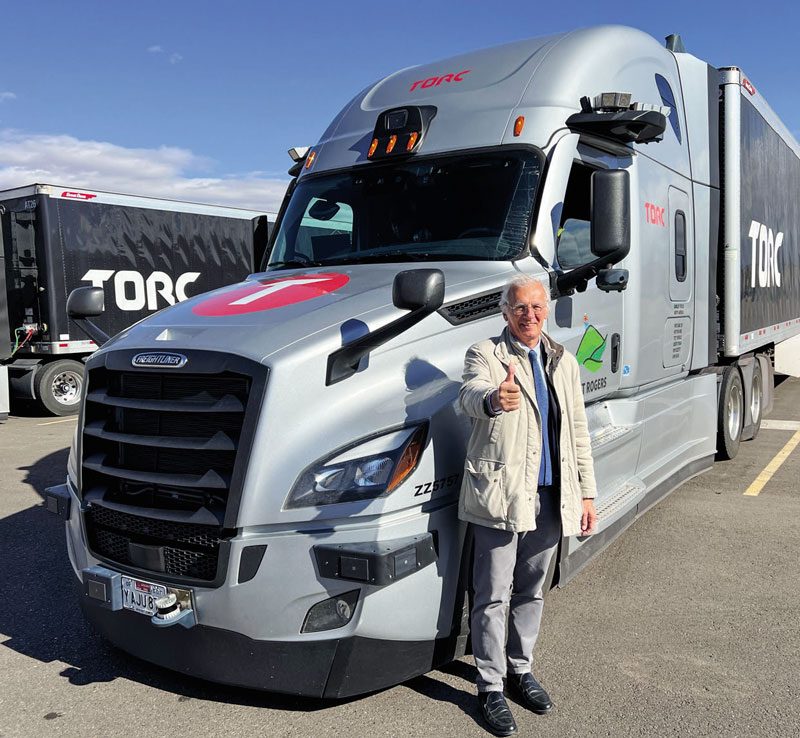
Why in the United States
Daimler Truck’s decision to develop autonomous driving solutions in the United States was made for multiple reasons. First, the States has the most branched and extensive motorway network globally, and the speed difference between trucks and cars is not as high as in the EU.
Moreover, US highways represent a more structured environment than an urban one. There are lanes headed in the same direction, and it’s easier to predict where cars should go. In this environment, the Freightliner Cascadia can handle most traffic situations: lane mergers, merging into traffic from a ramp, changing lanes and slowing down or speeding up.
The US legislative framework is also favourable since the only counterpart of the truck manufacturers is the US Department of Transportation, which is proactive in facilitating the introduction of technical innovations.
Furthermore, self-driving 18-wheelers respond to clear business cases and market needs, such as a continuous increase in freight demand transported by road (a 30% increase is expected by 2030) and an increasing shortage of heavy vehicle drivers. According to American Trucking Association estimates, unfilled driver jobs slid to nearly 78,000 in 2022, down about 4% from more than 81,000 in 2021. It’s still a considerable number and is bound to skyrocket – according to ATA forecasts – to more than 160,000 in 2031. This shortage is due, among other reasons, to a significant number of retirements and the industry’s failure to recruit more women, who account for 8% of the overall workforce.
In developing autonomous driving solutions for the US, Daimler Truck has focused on a specific business case: connecting one logistics centre to another (hub-to-hub) along a motorway. When the truck arrives at the destination hub, a professional driver takes it to the final unloading point.
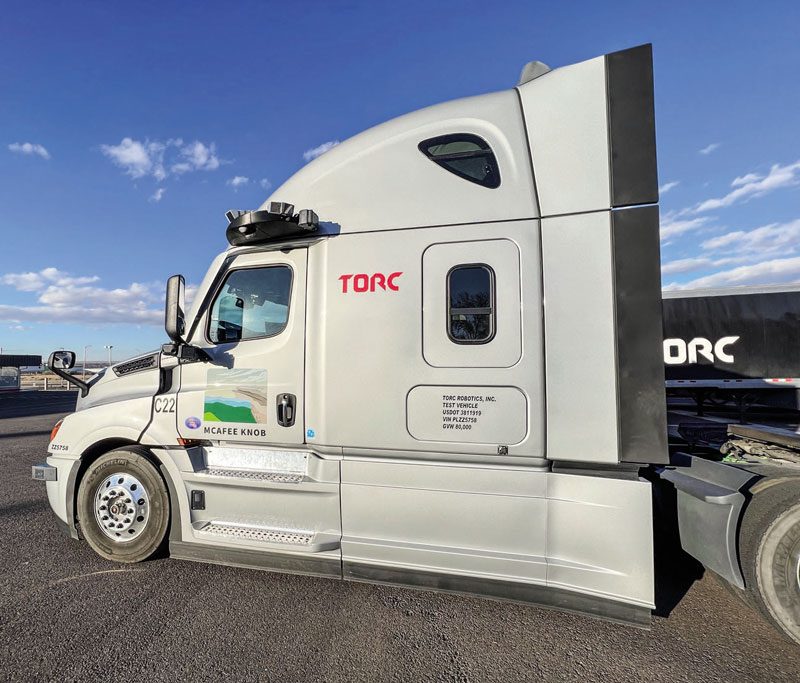
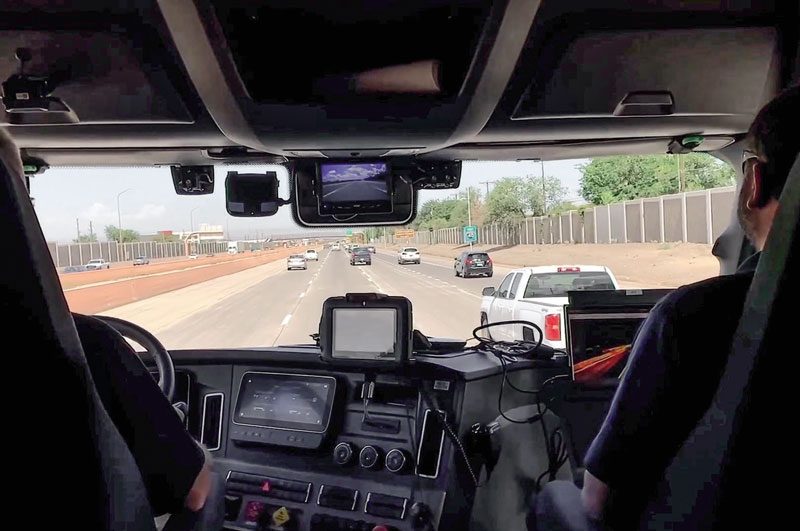
Chasing the goal
In March 2022, Torc Robotics created a special advisory board – TAAC, Torc Autonomous Advisory Council – with leading companies in the sector, including Schneider, Covenant Logistics, Penske Truck Leasing and Ryder System, to foster collaboration and better understand the challenges faced by logistics companies. The TAAC comprises key freight industry players who will provide strategic guidance to Torc as it integrates with the freight network and tackles challenges beyond highway driving.
The goal is to introduce level-4 series vehicles by 2030. As the platform used to develop autonomous driving solutions, the Freightliner Cascadia is an ideal choice. With an annual sale volume of between 85,000 and 100,000 units, it’s the best-selling class-8 tractor in the US.
In 2022, Freightliner had a market share of 42% in the heavy-duty segment, which reached a full-year total sale volume of more than 254,000 vehicles (compared with about 222,000 units in 2021).
Although Daimler Truck North America did not disclose any figures about autonomous driving vehicle sales forecasts, it expects that self-driving vehicles will manage 6% of freight volume by the end of this decade.
Gianenrico Griffini is chair of the International Truck of the Year jury, representing Italy and the commercial vehicle publication Allestimenti & Trasporti.
Read more
Stars with the X-factor
0 Comments8 Minutes
Next-level electric
0 Comments12 Minutes
Hydrogen gets heavy
0 Comments5 Minutes






